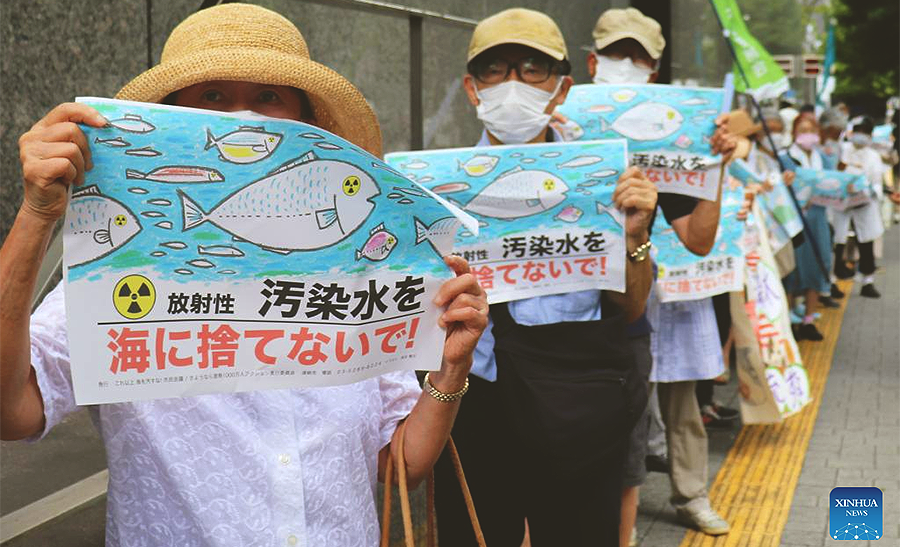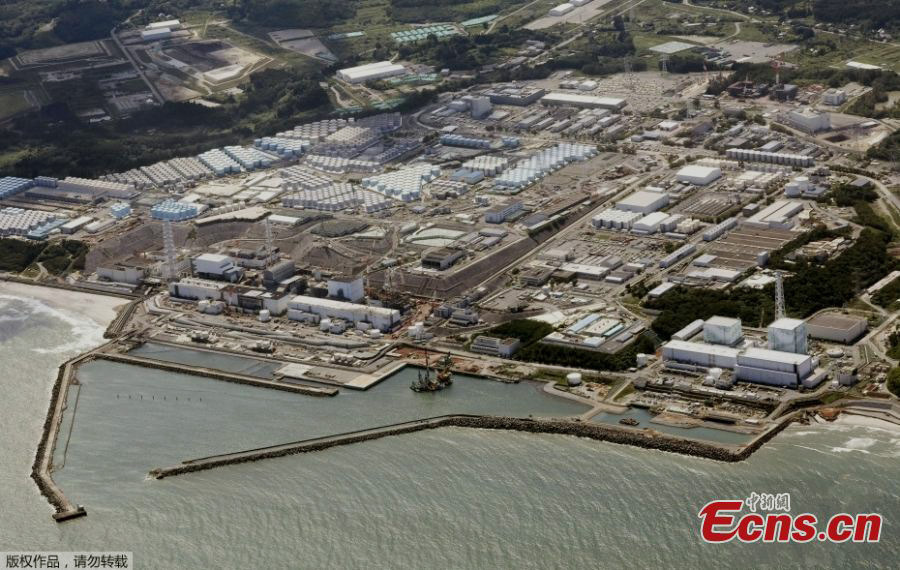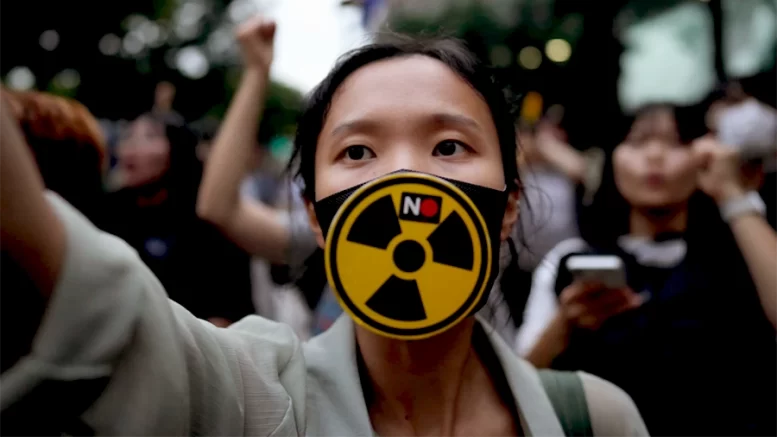Contributed from Victoria
Japan has gone ahead and released contaminated water from the damaged nuclear Fukushima and ignored the pleas from neighbouring countries and affected local fishers and communities worried about harm to their health. The water was released straight into the Pacific Ocean.

People gather to protest in front of the headquarters of the TEPCO in Tokyo on 24 August 2023
By letting this go ahead, government authorities have shown no regard for the inevitable impact this will have on the marine environment, after starting to empty 1.4 million tonnes of the water that had been used to cool three melted nuclear when a powerful tsunami struck the region in 2011.
Operators of the plant, Tokyo Electric Power Company (TWPCO), attempted to justify the dumping by claiming they were running out of room. The company claims that an intense filtration system is making sure the water is safe, and the United Nation’s nuclear watchdog, the International Atomic Energy Agency backs this. A recent opinion poll shows that 41 percent of Japanese don’t want it to happen in any form. And 75 percent believe the government has not done enough. Opinion in surrounding countries is even more strongly against the dumping.
TEPCO made a promise in 2015 that it “will not dispose of [the water] without gaining the understanding of those concerned.” This promise has been broken.
A complaint has been launched at the United Nations Human Rights Commission by opponents of the water release.
There is a question mark over the filtration method used. Known as ALPS, the system is supposed to remove radioactive materials. But it leaves behind a radioactive form of hydrogen called tritium. This can’t be removed.

Aerial view shows the Fukushima Daiichi nuclear power plant
China has been scathing, and in the wake of the release has banned aquatic imports from Japan. An official from the General Administration of Customs (GAC) said that this is to contain contaminated food from affecting Chinese consumers.
“Regardless of the strong doubt and opposition from international community, the Japanese government continues its headstrong push toward dumping of nuclear-contaminated water into the ocean,” said the official.
“We don’t want August 24, 2023, to become a catastrophic day for the marine environment,” Chinese Foreign Ministry spokesperson Wang Wenbin said.
Research results from a team from Tsinghua Shenzhen International Graduate School, was published in November 2021 in the journal National Science Review. It found that the contaminated water will Have long-term effects along coastal waters and will reach North America in about 1.200 days.
The prediction sparked concern and questioning of the validity of the International Atomic Energy Agency report.
There is concern over TEPCO’s credibility, given that it had failed to take sufficient steps to ensure the safety of nuclear reactors in 2011.
Some scientists are saying that the release isn’t safe. One of them is Robert Richmond, a marine biologist at the University of Hawaii at Manoa and a member of the panel advising 18 Pacific nation, including Australia. “The concept of dilution as the solution to pollution has demonstrably been shown to be false,” Richmond says. “The very chemistry of dilution is undercut by the biology of the ocean.”


Be the first to comment on "Japan releases radioactive water into the sea"